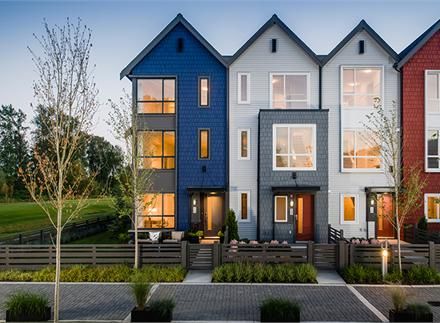Tudor
Originating in England, the Tudor style is one of the most recognizable home styles. Best known for steeply pitched, multi-gabled roofs and decorative half-timber framing, Tudors were mostly built in established neighborhoods during the first half of the 20th century. The steep-pitched roofs are perfect for rainy and snowy climates, which is why many of these homes can be found in the Midwest and along the East Coast.










